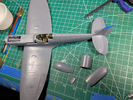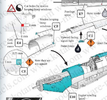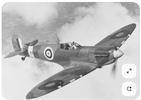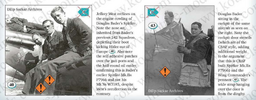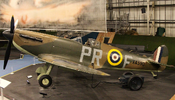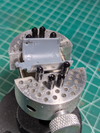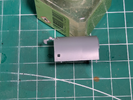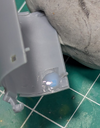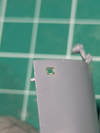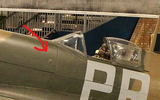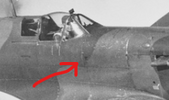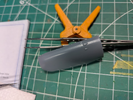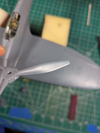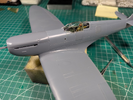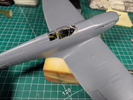I think my biggest problem with modeling is laziness. I enjoy the work, but want to finish too much, and that causes me to skip details or not pay enough attention sometimes. I think the most evident case of this is my inattentiveness to seams, but I also skip some things in the instructions if I feel they are too esoteric or that the effort is not worth the result.
One case is this part of the instructions...
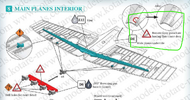
The portion circled in green there, it asks that I shave off the detail for 3/4ths of the trapdoor. I figured, why bother, nobody will know or care. That reminds me of the active discussion in another thread about accuracy and who will notice. Anyway, I skipped that part completely. Only to find out why I was supposed to remove that.
The Spit Va is a bit of an odd-duck, they only used them for a short period of time before the B-wings came out. So for Kotare I have a fuselage of the "5" but the wing of their earlier kit the "1". If I were building the Mk.I that door is in the right part of the underside, but for the Mk.V they moved it further back which Kotare has molded onto the fuselage (not shown in the diagram), which results in my model having two of the trap doors, grrr.
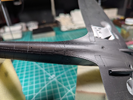
This shows what I mean. While some might not notice that, it is the kind of thing that really sticks out for others. So it had to be addresses. Also in that icture above, it the only seam that I feel needs to be addressed. There were others I looked hard at, around the cowling mainly, but I think Mr. Surfacer rescued me on those.

This is the 2nd worst seam I could find, the one right in front of the canopy, was much tighter on the other side.
